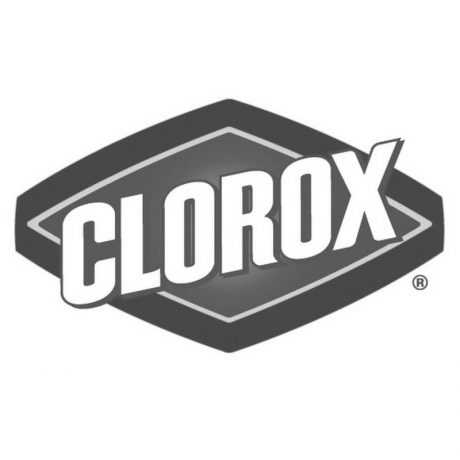Part II of last month’s series on Chlorine bleach will be continued here. Sadly, another great tool for the spotting board and wetcleaning room is this particular bleach that a great deal of drycleaning and laundry plants are afraid of. I will come back to why it is disappearing. Known by various brand names such as CHLOROX, Sodium Hypochlorite otherwise known simply as “bleach” by the untrained spotters, (oops, this is what is better known by industry icon Doris Easley as a “Stain Removal Specialist” (SRS). Unfortunately, she, myself and other industry trainers/representatives have taught the seven major bleaches used today. These specialists know how to use them. Never do I want any of my readers to think that any negative position or comments I make about spotting skills or other topics in industry applies to all. Most drycleaning and wetcleaning specialists are experts. They listened, they read, and they took classes to learn about all these bleaches so they are not afraid to use them when needed. My Texas hat is off to these great SRS. But then there is CHLORINE!
Chlorine Bleach Gets A Bad Rap
Much has been written over the many years of schooling concerning spotting skills and other training topics. Much has not had any attention paid to it. Today’s world of stain removal is light years away from what our grandfather’s days of spotting was. Much more attention was paid to pre-spotting and the moisture rich drycleaning detergents were conducive to great stain removal in the wheel, which is the bulk of the stains that are in clothes. Today’s drycleaning solvents are different and are in partnership with whatever type of detergents you are using. But stain removal should be the same no matter the solvent. The reason being is the same as it has always been, stain removal chemicals do not belong in the drycleaning wheel. Efficient use of stain removal chemicals has long been taught by DLI dating back to 1927. You use a chemical and then you remove the chemical. It is not like the old adage of, ‘if one cup of soap works, then two cups probably works better.’ Nothing could be further from the truth! It is not about how much chemical you apply on the garment but how you make a puddle on the stain and carefully try to manipulate the stain out. If you cannot do it safely, then move along and forget it. No cleaner in the world can legitimately advertise 100% stain removal. It never was true and still isn’t true. Especially considering what few chemicals spotters want to use, mostly due to lack of knowledge of their products. Many a time I have come across a spotting board that had as little as two chemicals for spotting. The only chance you may still have to remove a stubborn stain is to apply a bleach on the board or soak the garment in a bleach or digester bath.
In Actuality, Stain Removal Will Not Win Over The Hearts Of Your Customers
Stan Caplin wrote in his book titled “Wetcleaning” from the mid 1980’s that as oxidizing bleach, sodium hypochlorite or calcium hypochlorite also known as “Javelle water,” is unparalleled in its value as a spotting or soaking agent. Another industry associate and fellow instructor Jane Zellers often taught in her classes (as did I) to not be afraid to use Chlorine and in many instances a weaken version of 1.5% will be safe on a light colored item. It’s all about testing. Don’t blame the chemical for damage if you did not use and test it properly! Remember, this bleach is alkaline and its strength on the board or in a bath is greatly enhanced by an acid such as Acetic Acid 28%, a good neutral detergent and heat. Naturally, protein fibers may not be safe due to the fibers reacting poorly such as wool and silk, to name a few. This chemical is not a reducing bleach though you will think it is. Many other rules, too many to mention here, apply to the use of this very useful compound. Another tidbit I learned from Stan was “to not violate a care label if a trim test is a failure.” Always remember that in our zeal to claim we can remove any and all stains, that pride comes before the fall in spotting. We are not miracle workers and the stain actually belongs to the customer, not us. We did not put it there.
My Friend Martin Young Knows What I Mean
However, I always found it extremely challenging to try and restore garments to their previous condition when new. But, in actuality, stain removal will not win over the hearts of our customers. The whole concept of making money cleaning and restoring garments daily is in profit, of which little will come from stain removal, no matter how fun it is! My friend Martin Young and his wife from Concord, North Carolina know what I mean and share my enthusiasm for stain removal. There are times when we can make some money in restoration, but in the whole of it all, that is not where the profits are. So go to your plant and have fun with bleaches and don’t hide them from your main spotter person, rather send them to DLI for a course in advanced stain removal, wetcleaning and bleaches. You may also be lucky enough to have a boss (like Martin) who will teach you.
I’m headin’ to the wagon now, these boots are killin’ me!

